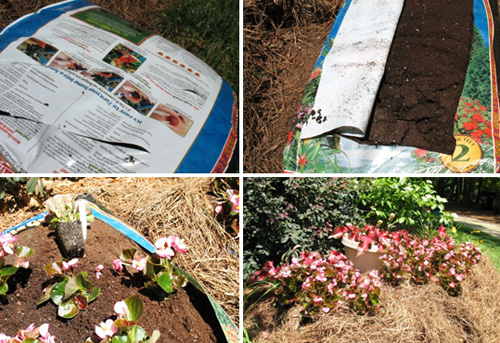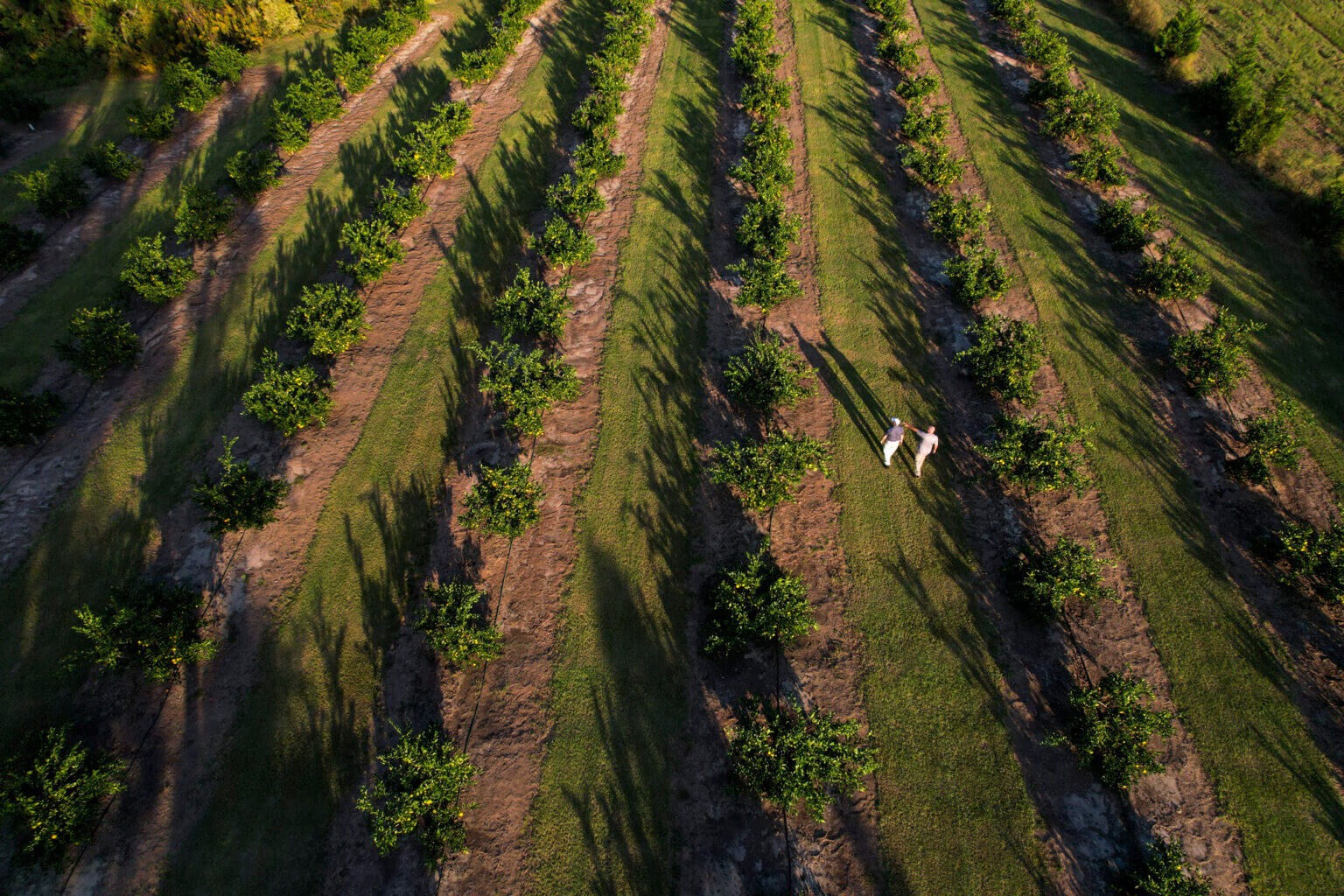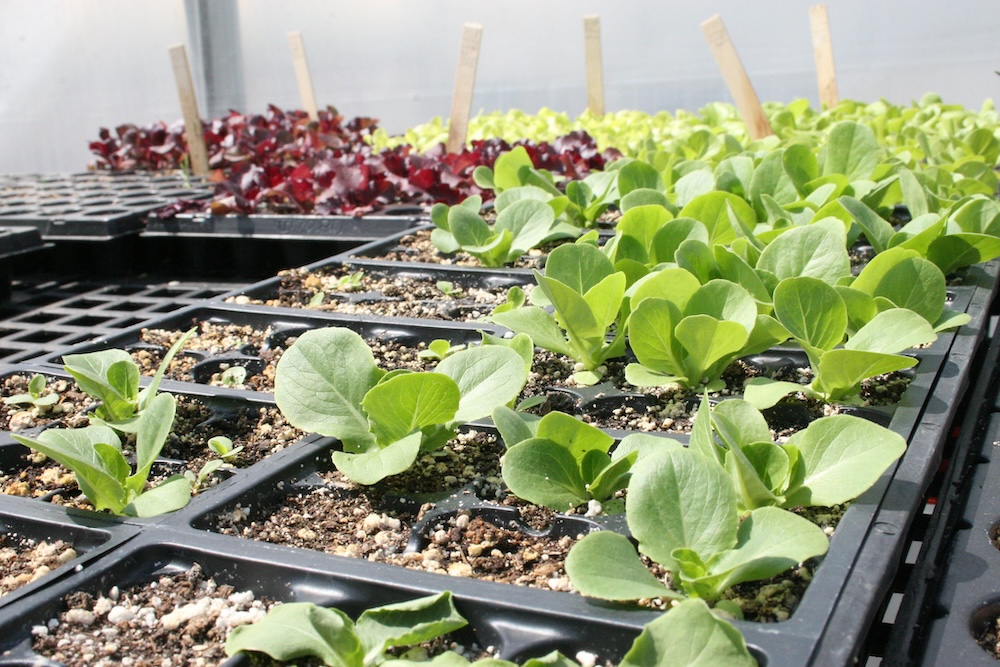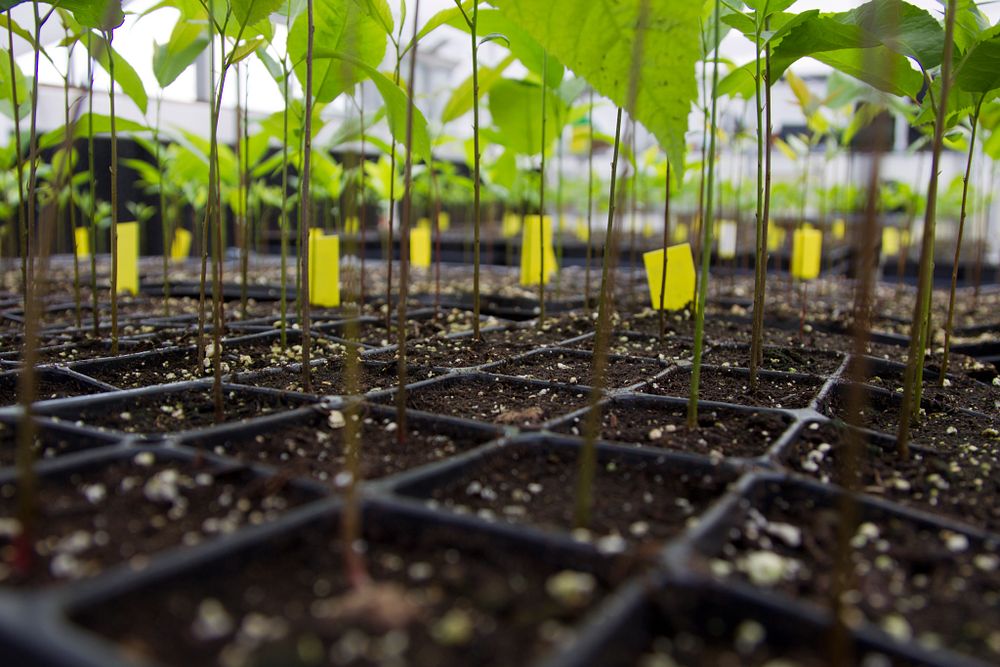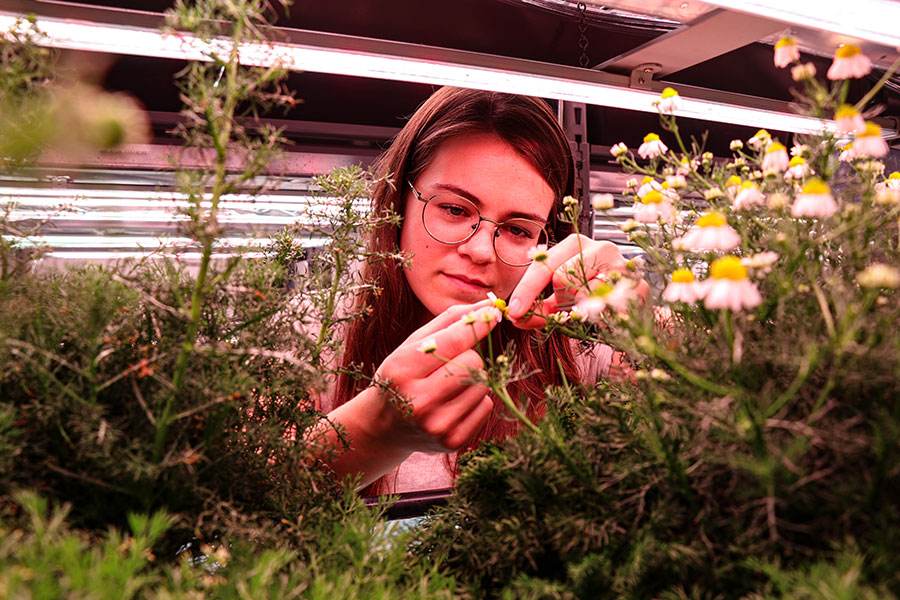Growing annual flowers in native soils can be a challenge in Georgia. Clay soils, though fertile, are often poorly drained, leading to root diseases. Sandy soils are generally less fertile and drain too quickly, making it hard to keep flowers watered and fed. Planting directly into a good bag of potting soil could be a better option.
Alternative to soil amending
University of Georgia Cooperative Extension experts say the key to improving soil is adding organic amendments. But sometimes, even adding organic matter yearly to flowerbeds doesn’t guarantee bountiful blooms.
In my personal garden, pine tree roots were a problem. It was difficult to work the compost in, and then the tree roots would grow up into the improved soil and take up the water and nutrients that were meant for the annual plants.
This spring, tired of working so hard to keep my summer annuals growing in clay soils and going broke from buying containers, I decided to try planting right in the bags of potting soil. First I did some research. I read UGA Extension publications online and found some information on growing vegetables in bags, but not much on flowers.
At home gardening experiment
I decided to conduct my own research. First, I bought three 2-cubic-foot bags of potting soil from the home improvement store and laid them out where I wanted my flowers. I chose a potting mix that was moisture-retentive for summer planting, but for fall or winter plantings I would suggest using another mix. Waterlogged soils can kill annual plants.
Laying the bag flat, I cut drainage slits into one side of the bag. Next, I turned the bag over into place. Once I settled the bag and smoothed the soil, I used a razor knife to cut out a rectangle leaving about 2 to 3 inches of plastic all the way around. This helps keep the soil from washing out of the bag when you water the plants.
As it was summer, I added begonias and a small amount of slow-release fertilizer. Lastly, I mulched over and around the bags with pine straw.
Making mulch stay put
A few weeks out, the only drawback was keeping the mulch covering the plastic bag. The pine straw kept slipping and exposing the plastic. In an effort to prevent this, I cut two strips from a burlap coffee sack and tucked them over the front of the bags. This helped keep the pine straw in place.
Overall, the bag-planting experiment worked well. I plan to try this method this fall using violas, kale and other cool season annuals. If you have problems with your soil, give this technique a try for your fall annuals.
For more information on other gardening topics, contact your local UGA Extension office at 1-800-ASK-UGA1.

